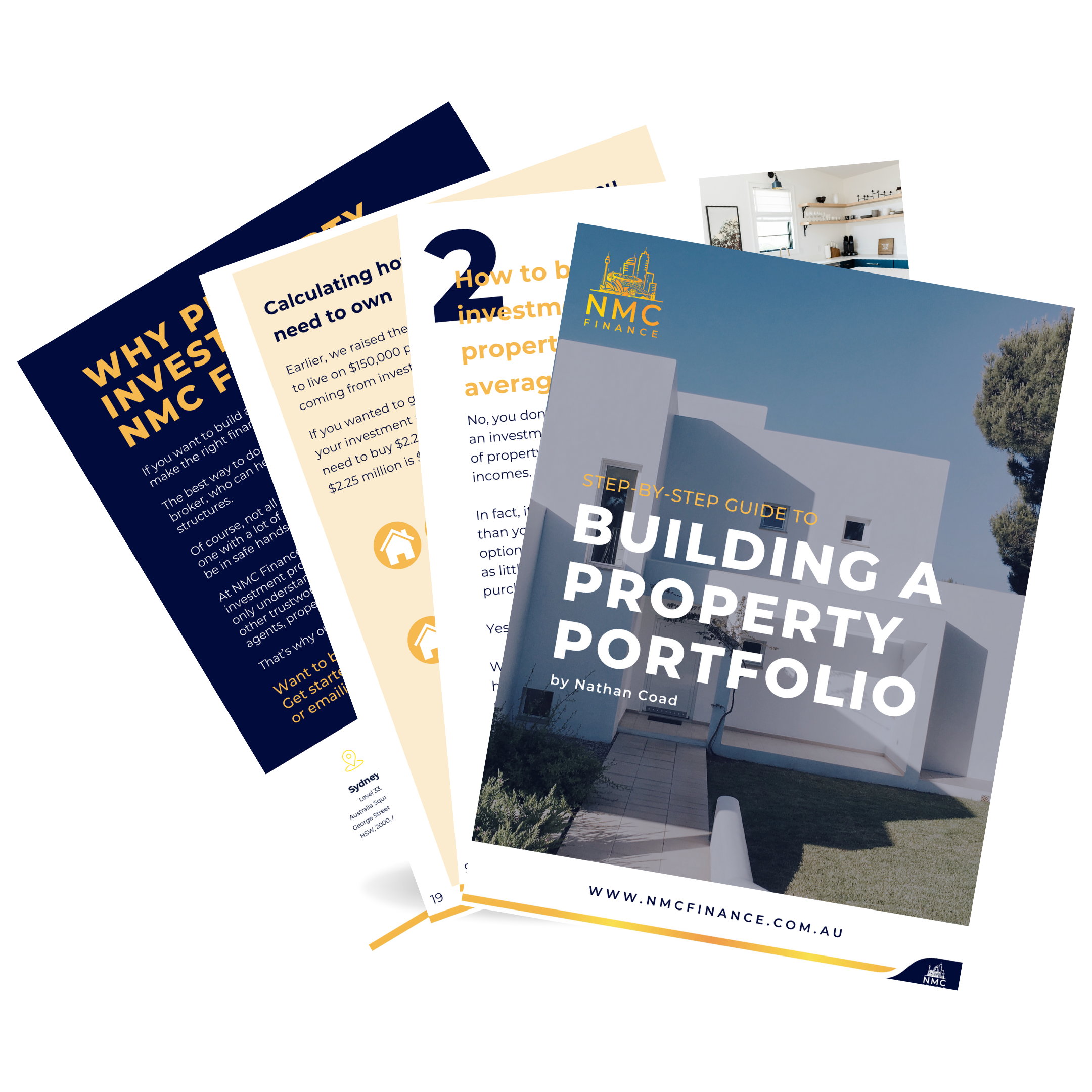After a few unpredictable years in the property world, things are finally starting to feel a little calmer for home loans.
Rates have steadied, confidence is creeping back, and homeowners are beginning to take a breath. But one question still comes up almost every day. Should you fix your loan, keep it variable, or do a bit of both?
The truth is, there is no one-size-fits-all answer. What works best really depends on how you like to manage your money and what gives you peace of mind.
Fixed or variable, what is the real difference?
A fixed-rate loan locks in your interest rate for a set period, usually between one and five years. That means your repayments stay exactly the same, no matter what the market does.
It’s a little like setting your cruise control before a long drive. You know what is coming, and you can relax.
A variable-rate loan, on the other hand, moves with the market. If the Reserve Bank lowers rates, your repayments could drop.
But if rates climb again, your repayments will rise too. This option keeps things flexible, which can be handy if you like to make extra repayments or refinance quickly when a better deal appears.
What is happening in 2025
Over the past two years, we have all felt the pinch of rising rates. Now that things are stabilising, borrowers are taking a closer look at how to make their loans work smarter for them.
We are seeing more people weigh up whether it is better to lock in a rate while the market is calm or stay open to future changes. Property prices are also trending upward again, so managing cash flow wisely is more important than ever.
It is not about trying to predict the future. It is about finding the option that fits your comfort level today and still makes sense if life shifts a little tomorrow.
Pros and cons worth thinking about
Fixed-rate loans can offer:
- Predictable repayments and easier budgeting
- Protection from unexpected rate hikes
- Peace of mind when planning your finances
Variable-rate loans can offer:
- Flexibility to make extra repayments or refinance anytime
- Access to features like offset accounts and redraw
- The chance to benefit if rates drop
Both options have their place. The trick is working out which one matches your goals and risk comfort.
Matching your loan to your lifestyle
A big part of this decision comes down to your personal goals. If you are focused on paying off your loan faster, a variable rate might give you the breathing room to make extra repayments. I
If you prefer certainty and like to know exactly what your budget looks like each month, a fixed rate might suit you better.
For many clients, a split loan is the sweet spot. It lets you lock in a portion for stability while keeping the rest flexible. Think of it as having one foot on solid ground and the other ready to move if opportunities pop up.
Common traps to avoid
A few simple mistakes can make a big difference. One is fixing your loan without checking the fine print. Breaking a fixed loan early can come with hefty costs, so make sure you are comfortable with the full term before signing on.
Another is assuming a variable rate will always stay manageable. Even a small rise can bump your repayments more than expected. Keeping a little buffer in your offset account can help smooth out any surprises.
There is no crystal ball for interest rates, so rather than chasing the perfect timing, focus on the structure that suits your goals and personality. Some people sleep better knowing their repayments will not change. Others love the freedom of flexibility.
If you are wondering which option fits you best, reach out to the team at NMC Finance. We will walk you through the numbers, compare the pros and cons, and help you make a decision that feels right for your home and your future.
This blog is intended for general informational purposes only. For personalised advice tailored to your unique financial situation, please contact NMC Finance.

